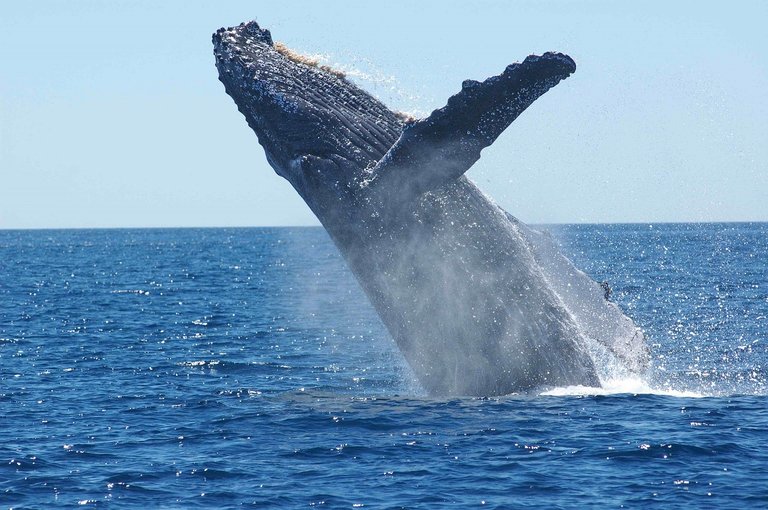Realizing that Steemit is an international platform with users of varying degrees of proficiency in the English language, I thought it would be helpful to the Steemit community to highlight a useful English word, a word that will be applicable to their Steemit experience. English is a very expressive language. According to the Oxford English Dictionary modern English utilizes 171,476 words. The word symbiosis is only one of them, but fret not, I will be posting many more useful words, so stay tuned logophiles and vebivores!
.jpg)
What is Symbiosis?
In biological terms, symbiosis is broadly defined as a close, extended relationship between two or more members of different species that benefits at least one member.There are Three Types of Symbiosis
Mutualism,where both species benefit from the relationship. Parasitism, where one species benefits from the symbiotic relationship and causes significant harm to the other, and Commensalism, where only one species benefits without causing significant harm to the other. This is the type of symbiosis between barnacles and whales.Cementing the Relationship
Barnacles begin their lives as free-swimming larvae, progressing through six larval stages. When they reach the last, or cyprid, stage, they settle onto the skin of a whale, where they complete their metamorphosis into juvenile barnacles. The juveniles -- tiny creatures resembling shrimp -- secrete cement that hardens into the hard, calcareous plates that surround them throughout their entire lives. As the cement plates meld together, the whale's skin is pulled into the spaces between the plates, permanently fusing the barnacles to the whale.A Whale of a Ride
For the entirety of the barnacles' lives they'll exist as diminutive hitchhikers on the backs and bellies of whales. They derive two basic benefits from this commensalistic relationship. As filter feeders, they depend on the availability of plankton, which they filter into their bodies through feather-like appendages extended through holes in their shells. When the whales swim into plankton-rich waters to feed, so do the barnacles. They are consistently carried from feeding to feeding. Protection from predators is another benefit. Barnacles attached to stationary objects often fall prey to fish, sea worms, starfish and snails. However, the whale-riding barnacles enjoy a certain degree of protection from the mobility of their enormous bodyguards.The Whale's Perspective
For the most part, whale barnacles are harmless, even in astoundingly large numbers. For example, one humpback whale can host 1,000 pounds of barnacles without any problems. However, a few exceptions to the rules of commensalism can occur. On some whales, too many barnacles can cause drag. Minor skin irritations or infections may arise. On the plus side, the barnacles can actually protect the whales, like a suit of armor. Gray whales have been known to roll over when under attack from other whales, presenting their enemies with a back covered in hard, spiny, immovable soldiers.SOURCE
*or don't....I really don't give a shit
Hi! I am a robot. I just upvoted you! I found similar content that readers might be interested in:
http://animals.mom.me/symbiotic-relationship-between-barnacle-living-whales-skin-10968.html